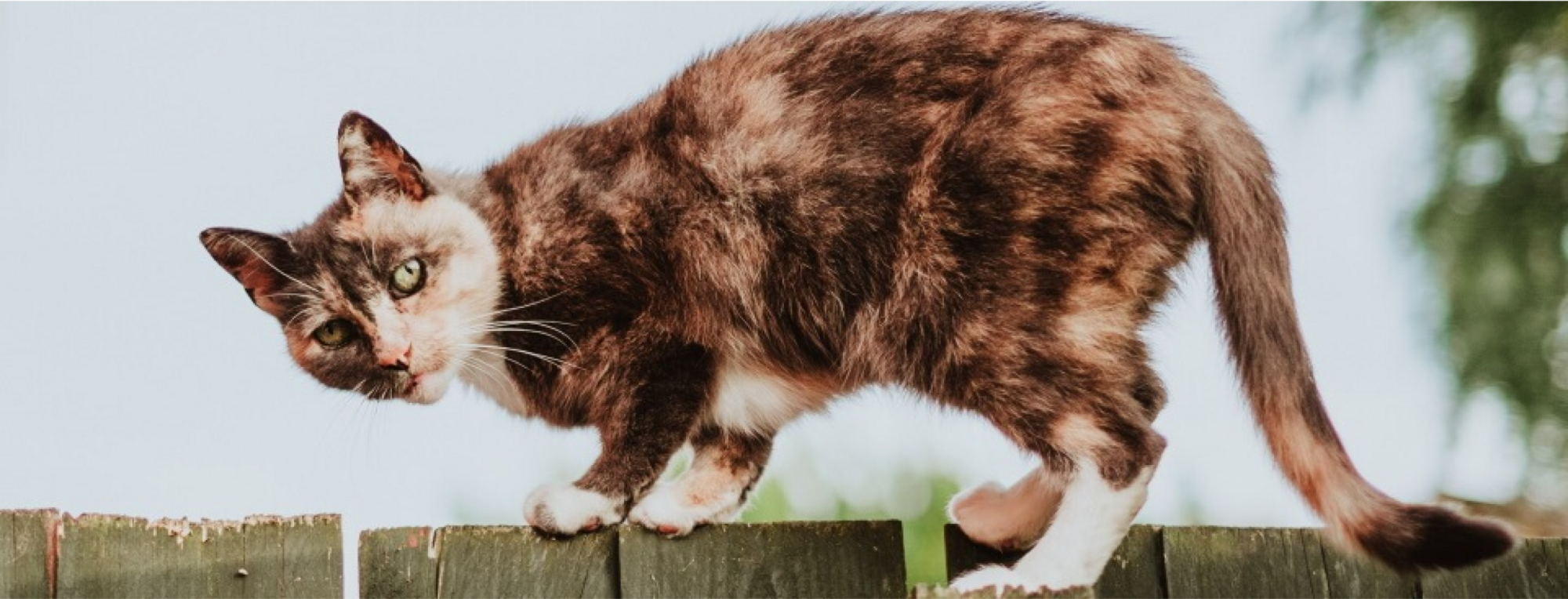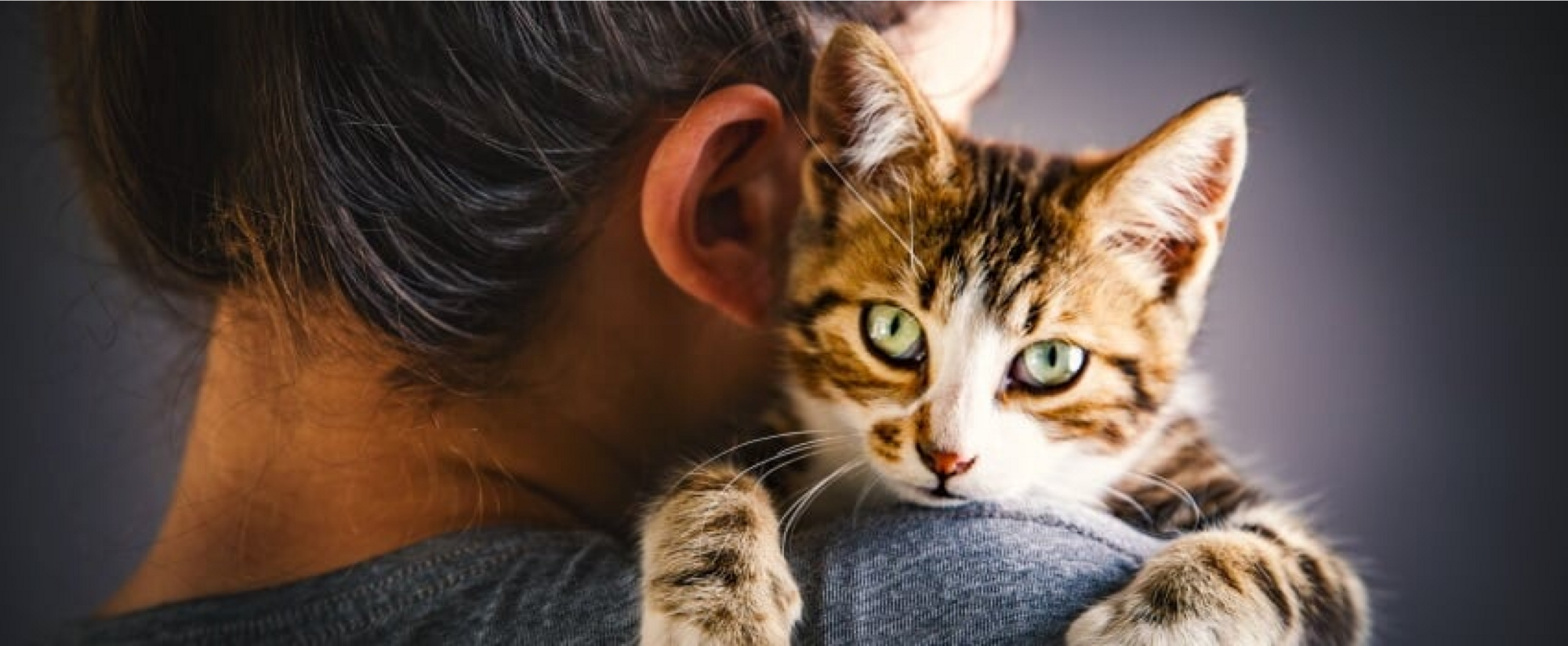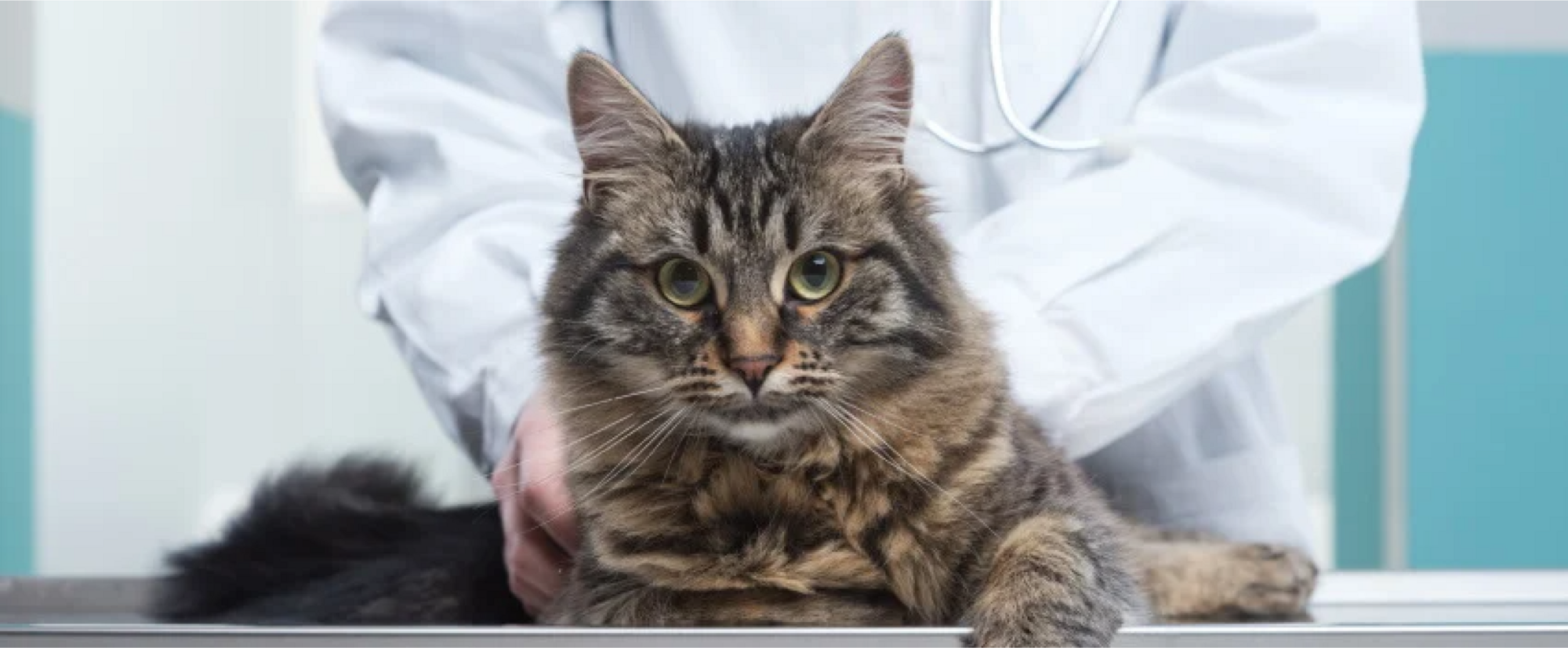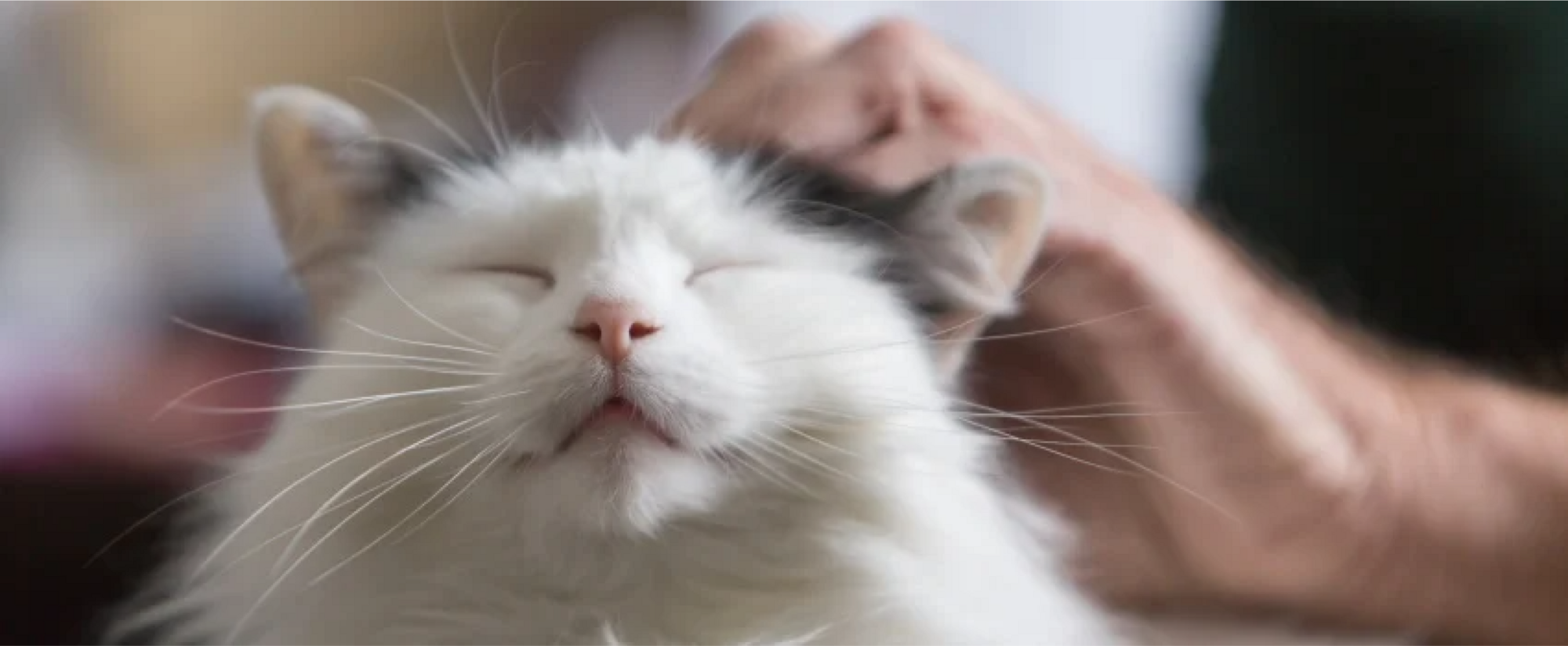Last Updated: 06/05/2025
Why Should I Get Pet Insurance for my Cat?
Considering pet insurance? Check out our Vet-written guide for all the information you need to consider.
Author: Dr Teagan Lever BVSc (Hons)
Reading Time: 31 minutes - long read
You may have just acquired a new kitten, or your cat may have just been at the vets with a sickness, or you may be organising your own health insurance and wondering if you need insurance for your pet? With nearly 70% of all Australian households owning a pet there is a growing consideration for the need of pet insurance.
As much as cats enrich our lives, they do come with both personal and financial commitments. We need to set aside money to cover for their food, general health care and then often unexpected treatments for injuries and illnesses. And of course, we cannot predict when our cat may get hurt or sick! Many pet parents may not realise the costs of unexpected veterinary bills especially if their cat needs after hours emergency treatment, surgery, or costly medical intervention. It is also worthwhile to mention that indoor cats are still at risk of getting sick even though being indoors does protect them from many outside dangers.
Contents:
What are pre-existing conditions?
What type of pet insurance should I get?
Additional points of consideration for acquiring pet insurance
What is pet insurance?
Pet insurance is there to help cover the cost of unexpected veterinary expenses up to an agreed amount. This may happen in cases of unexpected illness or injury. It is often specifically designed for those unexpected events that are challenging to budget for. Some examples could include: limb injuries from furniture accidents, a kitten playing with and subsequently ingesting a hair tie which gets stuck in their intestines and requires surgery to remove it, or a middle aged cat becomes unwell and is diagnosed with diabetes. It may be useful to ask yourself the question âWould I be able to afford unplanned large veterinary expenses if my beloved cat becomes sick or injured?â Pet insurance can help give you the ability to consider all treatment options without being overwhelmed by the cost. It can also be very handy for conditions which may be ongoing such as urinary conditions, allergies and skin conditions and sensitive digestive issues. These often require a costly work up and ongoing diagnostics, treatments, and preventative measures.
An additional way to think about pet insurance is that it resembles car insurance. The premium you pay correlates to your petâs risk of incurring expenses such as age of your cat. Another similarity is that pet insurance covers for unexpected veterinary expenses (like a car crash for car insurance) rather than routine, expected health maintenance such as vaccinations, health checks and parasite preventatives (just like how routine servicing of your car is not covered by car insurance). Although, there are many different pet insurance products, so it is advisable to always check the product disclosure statement (PDS) to see what is covered and what is excluded as some insurers do offer routine care cover.
What are pre-existing conditions?

A very important aspect to take note of is that pet insurance does not cover for pre-existing conditions. This means that any illness, injury, or a condition that occurred prior to purchasing the policy, or within an applicable exclusion period, will not be covered for. Therefore, the younger your kitten is when you get pet insurance, the better the chance that your pet will have fewer pre-existing conditions.
There are also different types of pre-existing conditions such as temporary and permanent conditions. For example, if your cat breaks a bone, this would be considered temporary as it is only present for a period of time. A permanent pre-existing condition is one that is present before the starting date of the policy, including exclusion periods, and is an ongoing lifelong illness, such as diabetes. Some temporary pre-existing conditions may be able to be included in the policy with a health check from the veterinarian declaring the condition is fully cured. Depending on the temporary condition, and the particular policy, it may be able to be removed but usually after a certain determined asymptomatic period and confirmed cured by the vet. This may differ among different insurers and policies and is best to determine before a policy is taken out or within the cooling off period.
What type of pet insurance should I get?

You really need to do your homework when considering a policy that is suitable for your cat. There are some basic options as well as more comprehensive coverage policies. Do be aware that some policies may have sub-limits for certain items so even though there is an annual limit, there may be a sublimit for treatments such as tick paralysis or snake bite treatment.
An accident-only policy is the most basic level of cover and then the next step up would be accident and illness coverage. Do check the PDS to confirm exactly what is covered. Some insurers will also offer extra covers which may cover some routine care expenses or additional options like dental and behavioural coverage.
Details to consider when reseaching pet insurance
Ways to compare pet insurance products

Decide what coverage you want for your cat

Check out the options for the benefit percentage (how much money you can get back from an eligible claim)

Check if the excess is annual or per condition

Find out which policies have the highest annual limits

Research if there are sub-limits per condition

Make sure your cat is an eligible age

Don't forget to review the product disclosure statement to understand what is and isn't covered
How does pet insurance work?

Pet insurance will require you to pay a premium (usually monthly) to receive a coverage that you choose and is best suited for your cat. You will then be reimbursed for part of your eligible vet bills. The benefit percentage (which means the portion of the claim that you will receive back) is again chosen by you and usually covers 70-90% of the eligible veterinary expense.
Some insurers may reimburse you after you pay your local vet upfront and submit a claim which meets the eligibility criteria. While other insurers may even pay your vet directly.
There may also be the option of an annual excess which is the amount that you pay towards a claim. Once you have paid your excess, any future claims during the same period of insurance (ie a 12 month period) will not have the annual excess deducted. Some insurers may have an excess for each claim or condition so again important to do your research to help understand the different policies and conditions.
Additional points of consideration
Age of cat
There is usually a minimum and maximum age for entry, and this will vary for the different insurers and their policies. It averages a minimum of 6-8 weeks and a maximum entry age of 8-9 years.
Waiting periods
There are waiting periods which again may vary so check the policy details, but usually accidental insurance coverage has a shorter waiting period than illnesses and specified conditions.
Further points to note for pre-existing conditions
A few other things to be aware of with pre-existing conditions is for bilateral conditions and related conditions. Firstly, with bilateral conditions, if there is an issue with your catâs right knee (such as a slipping kneecap which is known as patella luxation), the same issue happening in the left knee will be considered as a pre-existing condition due to the bilateral link. Then there are also related, secondary or as a result of the initial condition. In this case the cat would be determined to have a pre-existing condition for say kidney disease and then later may develop high blood pressure, but this would also be seen as pre-existing as it is frequently a direct sequela of the kidney disease.
Alternatives to pet insurance
Alternatives to pet insurance are available and may be suited for people who have a pet with excluded conditions, those that donât want to pay monthly fees or have pet insurance policy concerns. Although pet insurance is a great way to receive financial protection for unexpected accidents and illnesses, it isnât for everyone. An alternative option are some online companies that provide 24/7 vet advice for a more affordable monthly fee. Additionally some vets may offer a veterinary discount plan which can offer discounts off routine and even non-routine medical services and treatment. There is also the option of opening a savings account which can serve as a fund for unexpected veterinary care. And with this option you can save as little or as much as you like, still gain interest and if you pet does not get sick or injured, the funds will remain yours.
There's more competition on the market
In the last few years in Australia, a number of insurers have launched pet insurance products. This gives pet parents many more options to choose from, so you really can choose the best option for your cat.
Take home message

There is no wrong or right answer to if you should get pet insurance for your cat. The important factors to consider include the age of your cat, the different policies available and any pre-existing conditions which will likely not be covered. And remember that even indoor only cats can still get sick and require veterinary care.
Further Reading
Want to read more? Check out our other articles:
Want to know more? Check out our Discover Page for more tips from our expert vets on keeping your pets happy and healthy.